India, a land rich in culture, history, and natural beauty, is a fascinating destination for many travelers around the world. Among its myriad attractions, the Taj Mahal stands out as the jewel of Indian architecture and an icon of love. For Turkish tourists, visiting this majestic mausoleum provides an opportunity not only to delve into history but also to embrace the beauty that transcends borders. In this blog post, we will explore the significance of the Taj Mahal, its architectural marvel, historical context, and tips for making the most of your visit.
The Significance of the Taj Mahal
The Taj Mahal, located in Agra, Uttar Pradesh, is a UNESCO World Heritage Site and one of the Seven Wonders of the World. Commissioned by Mughal Emperor Shah Jahan in memory of his beloved wife, Mumtaz Mahal, it stands as a testament to eternal love and devotion. Construction began in 1632 and took approximately 22 years to complete, employing thousands of artisans, craftsmen, and laborers.
For many Turkish travelers, the emotional and historical connection to sites associated with love and beauty resonates deeply. The story behind the Taj Mahal is not just one of loss but also of the grandeur of Mughal architecture, which reflects characteristics of Persian, Indian, and Islamic styles. This fusion creates an artistic expression that is deeply influential and relatable, echoing Turkey’s own rich architectural heritage.

Architectural Marvel
The Taj Mahal is a stunning example of Mughal architecture, characterized by its magnificent white marble façade, intricate inlay work, and symmetrical gardens. The central dome, standing at an impressive 73 meters, is surrounded by four smaller domes and is flanked by tall minarets. The interplay of light on the marble surface—the way it appears to change color throughout the day from soft pastel hues to brilliant white—is magical and a significant aspect that delights every visitor.
Turkish tourists may find parallels in the architectural magnificence of Ibn Tulun Mosque in Cairo or the Blue Mosque in Istanbul. The design principles employed in these structures share similar characteristics with the Taj Mahal, showcasing the unity and integration of various architectural ideas across cultures.
The elaborate carvings and floral designs that adorn the marble surfaces are particularly captivating. These intricate patterns are a hallmark of Mughal artistry, and visitors can witness the painstaking craftsmanship that went into each detail. The use of precious gemstones and semi-precious stones inlayed into the marble further accentuates the beauty of the Taj Mahal.
Exploring the Taj Mahal Gardens
Before entering the Taj Mahal, visitors first encounter the beautifully laid out gardens, known as the Charbagh or ‘four gardens.’ This formal garden design is representative of paradise in Persian culture and is intended to evoke a sense of tranquility. The gardens are divided into four quadrants, symbolizing the four rivers of paradise as mentioned in the Quran.
As you walk through the garden pathways, take a moment to appreciate the tranquil atmosphere created by fragrant flowers, lush greenery, and the soothing sound of flowing water. These gardens not only enhance the beauty of the Taj Mahal but also provide a serene environment where visitors can reflect on the love story that inspired its construction.
Historical Context
To fully appreciate the Taj Mahal, understanding its historical context is essential. The Mughal Empire, particularly during the reign of Shah Jahan, was a period of significant cultural and artistic flourishing in India. The empire was known for its patronage of the arts and architecture, leading to the creation of numerous historical landmarks, including the Red Fort and Humayun’s Tomb.
For Turkish tourists, exploring the historical narrative of the Mughal Empire can draw compelling connections to the Ottoman Empire’s own cultural and architectural achievements. Both empires, at their peaks, were centers of artistic development, reflecting the rich heritage of the Islamic world.
Tips for Your Visit
If you plan to visit the Taj Mahal, there are a few tips to ensure you make the most of your experience:
- Timing is Key: Early morning is the best time to visit to avoid large crowds and witness the breathtaking sunrise casting a golden hue over the Taj. The monument is closed on Fridays, so plan your visit accordingly.
- Dress Code: While there is no formal dress code, respecting local customs is advisable. Wear comfortable shoes, as you will be doing a fair bit of walking, and light clothing is ideal for the warm Indian weather.
- Photography: Don’t forget your camera! The Taj Mahal is one of the most photographed monuments in the world. There are designated areas with iconic views that are perfect for capturing memories.
- Guided Tours: Consider hiring a local guide who can share in-depth stories and historical facts about the Taj Mahal and Agra, enriching your experience.
- Explore Agra: Agra has much more to offer besides the Taj Mahal. Visit the Agra Fort, another UNESCO site, and the tomb of Itimad-ud-Daulah, also known as the Baby Taj. Each site adds depth to your understanding of Mughal architecture and history.
- Local Cuisine: Don’t miss tasting local delicacies, such as Agra’s famous petha (a sweet made from ash gourd) and savory dishes that reflect the Mughal culinary tradition.

The Taj Mahal is more than just a monument; it embodies the essence of love, art, and history. For Turkish travelers, visiting this remarkable site offers not only a picturesque journey through one of the world’s most revered architectural masterpieces but also a rich cultural experience. As you stand in awe before the dazzling white marble, reflect on the connection that binds us globally—the pursuit of beauty and love. Your journey to the Taj Mahal will surely remain etched in memory, inspiring you long after you leave its enchanting presence.

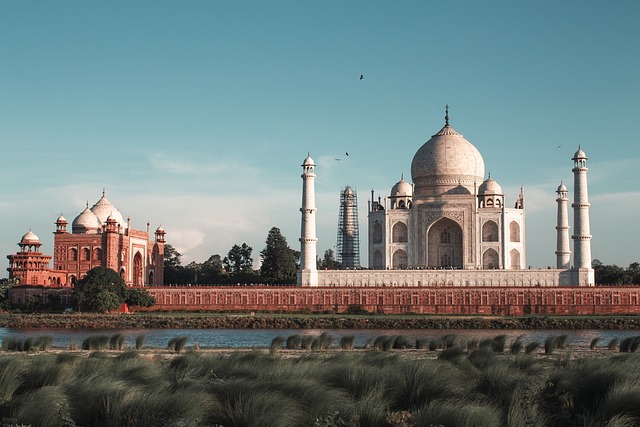
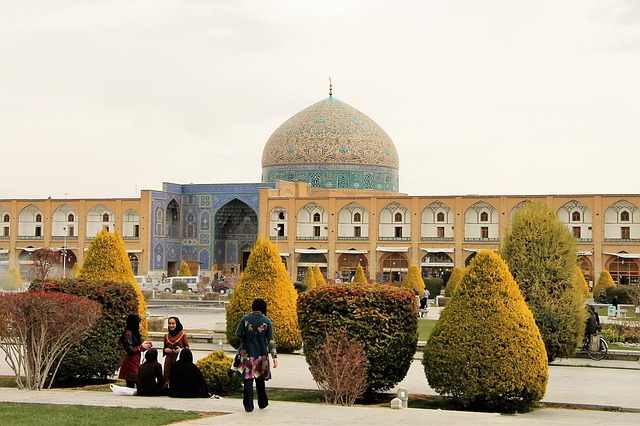
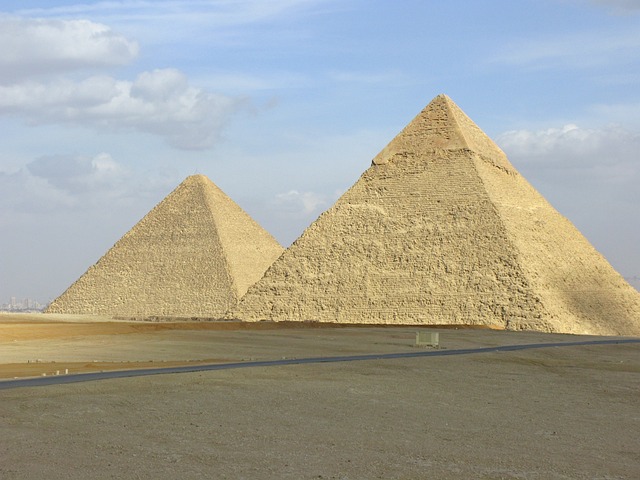
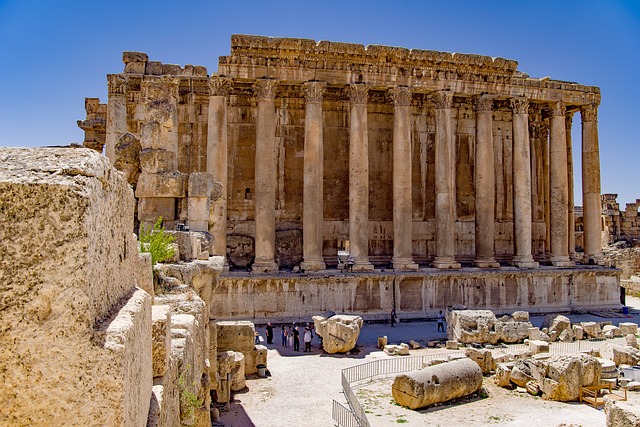
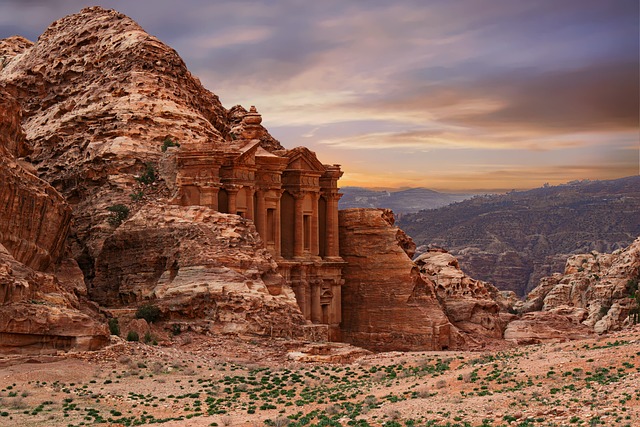
Tac Mahal, aşkın ve sadakatin simgesi olarak, sadece Hindistan’ın değil, tüm dünyanın ilgisini çeken bir yapıdır. Şah Cihan’ın eşi Mümtaz Mahal için inşa ettirdiği bu muhteşem anıt, tarih ve sanatın birleştiği eşsiz bir eserdir. Türk gezginler için Tac Mahal’i ziyaret etmek, hem tarihi bir yolculuk hem de evrensel bir güzellik deneyimi sunar. Bu yapı, İslam, Fars ve Hint mimarisinin harmanlandığı muazzam bir eser olarak, Türkiye’nin kendi mimari mirasıyla benzerlikler taşır.
Tac Mahal’in gün boyunca değişen renkleri ve detaylı işçiliği, ziyaretçileri büyülemeye devam ediyor. Peki, bu anıt sadece bir mimari harika mı, yoksa aynı zamanda evrensel bir aşk mesajı mı taşıyor?
Taj Mahal, Agra’da yer alan bu muhteşem yapı, aşkın ve bağlılığın bir sembolü olarak ziyaretçilerini büyülüyor. Mimari detayları ve tarihî hikâyesi, Türk gezginler için hem ilham verici hem de kendi kültürel miraslarıyla bağlantı kurmalarını sağlıyor. Beyaz mermer yüzeyi ve gün ışığı altında renk değiştiren görüntüsüyle herkesi etkiliyor. Türkler için bu tür anıtlar, Osmanlı mimarisinde de gördüğümüz benzer sanatsal ve duygusal değerleri hatırlatıyor. Acaba Taj Mahal’in mimarisinde hangi detaylar sizi en çok etkiledi?